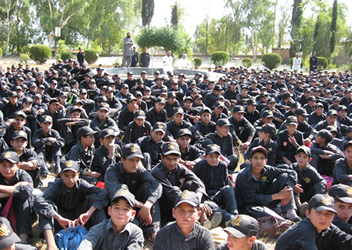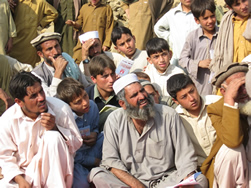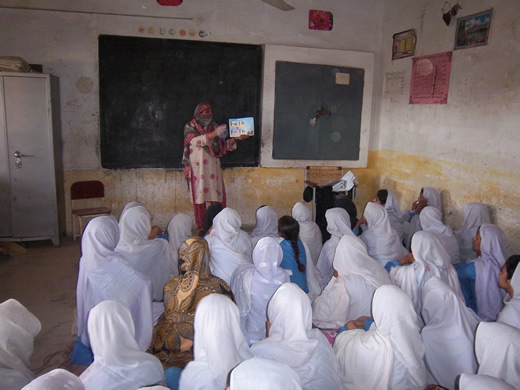Mine Risk Education
The term “mine risk education” refers to “activities which seek to reduce the risk of injury from mines/unexploded ordnance by raising awareness and promoting behavioral change, including public information dissemination, education and training, and community mine action liaison.
Although the discipline is widely called mine risk education, it seeks to prevent harm to civilians from all types of victim-activated explosive devices. Risk education therefore covers the dangers not only of landmines (whether anti-personnel or anti-vehicle) but also of explosive remnants of war (ERW). ERW are defined under international law to mean unexploded ordnance (UXO — bombs, shells, grenades and other munitions which have been fired or dropped but have not exploded as intended) and abandoned explosive ordnance (AXO — abandoned stockpiles or weapons caches). ERW includes cluster munitions. RE has three main goals:
- To minimise deaths and injuries from landmines and ERW
- To reduce the social and economic impact from landmines and ERW
- To support development.
Pakistan is facing the problems of landmines and UXOs as a result of contamination along its borders with India and Afghanistan and increasing use of such devices in escalating conflicts between the army and armed non-state actors in Pakistan’s border areas along Afghanistan and in Baluchistan. Every year more than 100 casualties are reported due to the use of landmines, IEDs and other UXOs whereas majority of such incidents goes unreported.
SPADO’s research finds that death or injury imposes severe strain on the families and communities in what are the country’s poorest communities through both the expense of treatment and loss of income. Injury and disability also exact a heavy toll on casualties through depression, post traumatic stress and social stigmatization, particularly severe for women and children. Thousands of people have been killed or injured by landmines and other explosive devices, more than half of them civilians.




